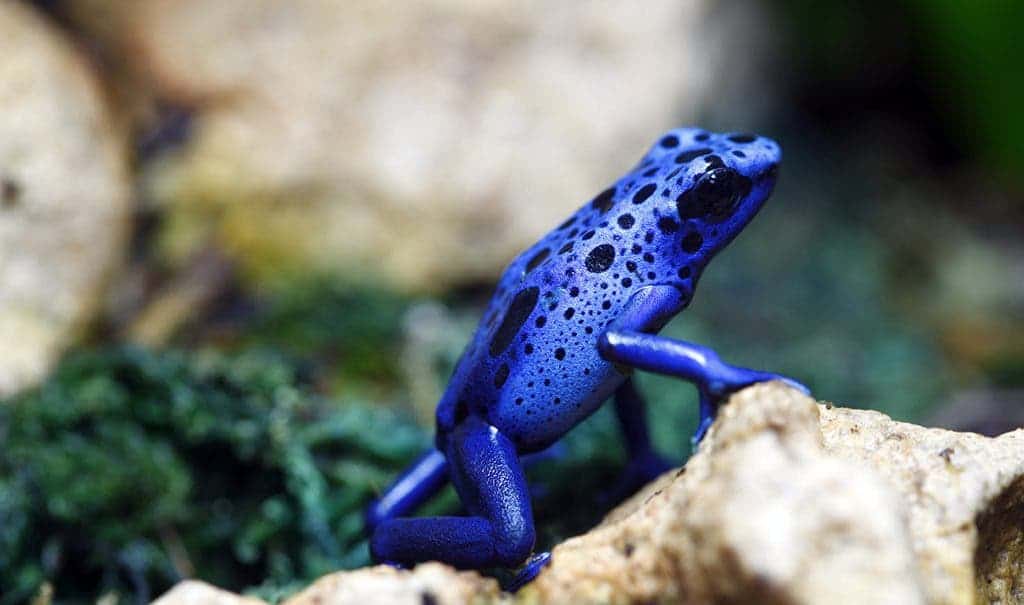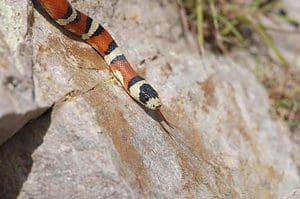The wild is often home to a game of hide or seek, and animals need to be well adapted to their part of the game. For those who are constantly juggling the role of prey, however, the game seems to always favor them less. We, as humans, have little direct contact with these underlying mechanics of survival, as we sit comfortably on the crown spot of the food chain. For the millions of species out there fighting for survival this is an entirely different matter, but of course nature has granted each of them with a trait or skill.

It all boils down to avoid being eaten, and some of the paths evolution has taken involve hiding or poison. Being a poisonous species has its benefits and downfalls; for one the chances of you being eaten plummet as the trait is accompanied by bright colouring (yellow, black, red) which predators have learned to avoid, but secreting poison comes at huge energy expenses, so not a lot of species can afford it. The most beaten path involves hiding through camouflage. Some species however choose to go in between: they flatter they bright, venomous-like colouring out in the open, despite they lack the accompanying poison altogether. Their game is all bluff.
How dangerous is this approach? A team of researchers Michigan State University analyzed how coluor-coded communications evolve and found that this takes place in gradual steps, instead of a sudden leap for garish colouring adoption. This tells us that the route pass the middle ground from simple camouflage to poison mimicker is layered with many perils, which few may undergo.
“In some cases, nonpoisonous prey gave up their protection of camouflage and acquired bright colors,” said Kenna Lehmann, who conducted the research. “How did these imitators get past that tricky middle ground, where they can be easily seen, but they don’t quite resemble colorful toxic prey? And why take the risk?”

Colourful impostors
The higher the risk, the higher the reward it seems. Predators, evolutionary conditioned to stay away from poisonous species, react to the impersonations and avoid eating the imposters. It seems to work. For instance coral snakes are truly toxic animals, while king snakes are not, but the two very much look alike. So, why don’t the imitators develop poison of their own and be done with it? The transition is in itself extremely costly – and developing poison comes at tremendous energy expenditure.
“Leaving the safety of the cryptic, camouflage peak to go through the exposed adaptive valley over many generations is a dangerous journey,” Lehmann explained. “To take the risk of traversing the dangerous middle ground – where they don’t look enough like toxic prey – is too great in many cases. Toxins can be costly to produce. If prey gain protection by colors alone, then it doesn’t make evolutionary sense to expend additional energy developing the poison.”
For the study, the scientists used evolving populations of digital organisms in a virtual world called Avida. Using this model, the researchers looked at how specialized programs compete and reproduce. The software is developed in such a manner that mutations occur when Avida beings reproduce, and thus scientists digital organisms evolve, just like living things.
Findings were reported in the journal PLOS ONE.






